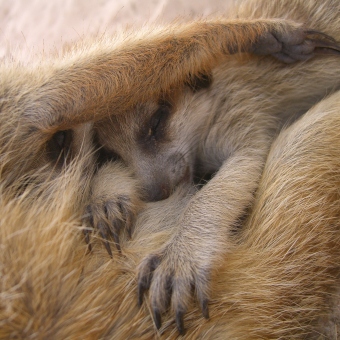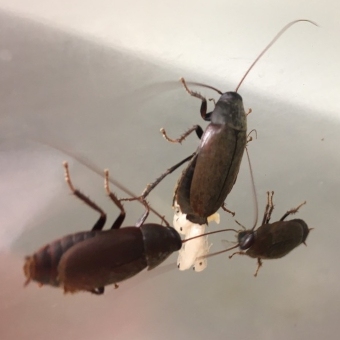
Maternal effects on offspring development, behaviour and fitness
Experiences early in development, starting in the womb, can have formative effects into later life, including shaping the onset and rate of ageing. We are developing theoretical models to understand the mechanisms underlying these long-term effects of early experiences, and test across a range of systems - including tsetse and the live-bearing Pacific beetle cockroach - how maternal experiences of the environment can help or hinder their offspring's ability to cope with later environmental change.


